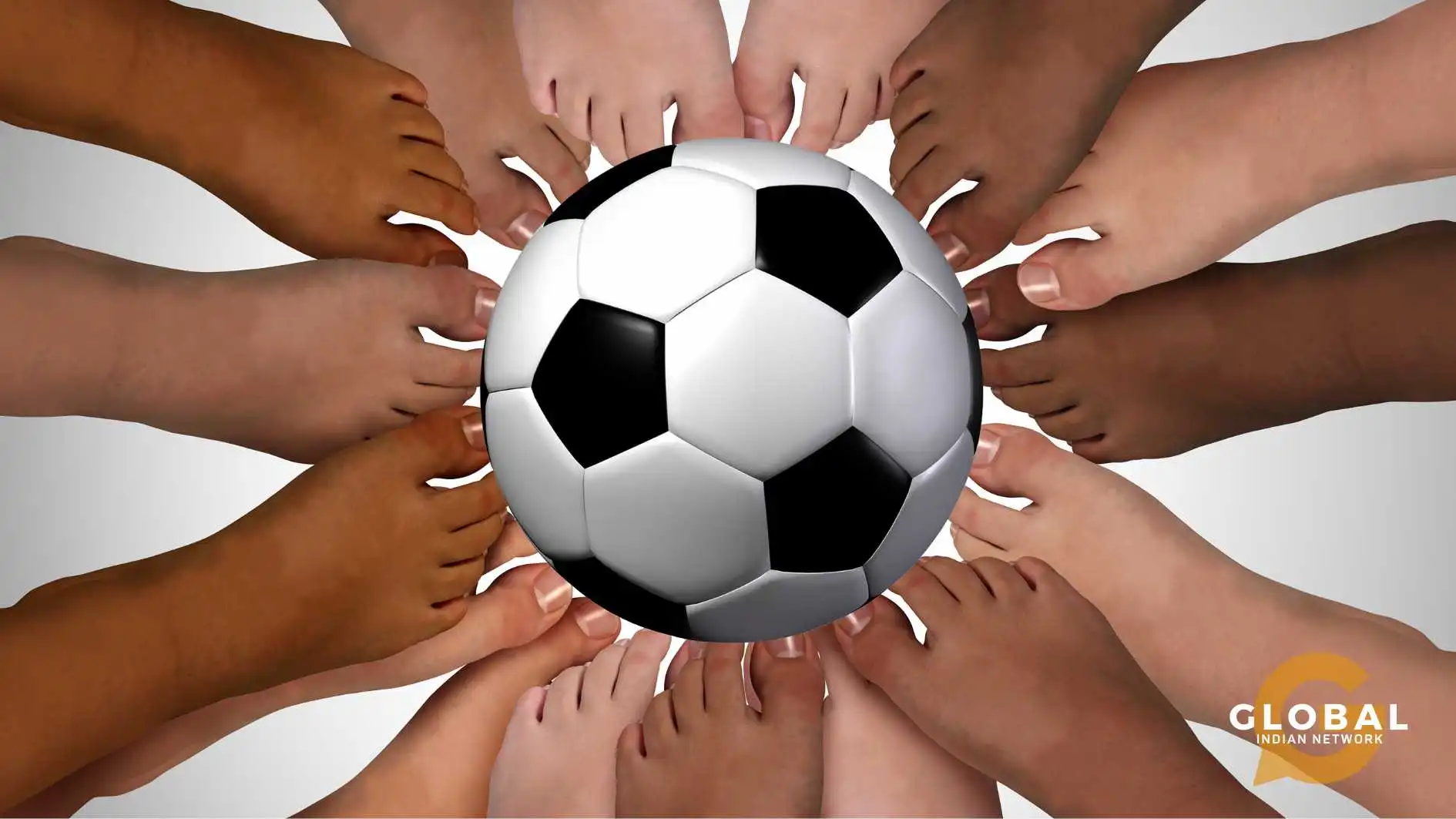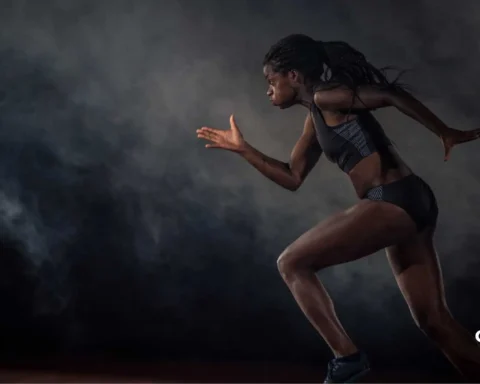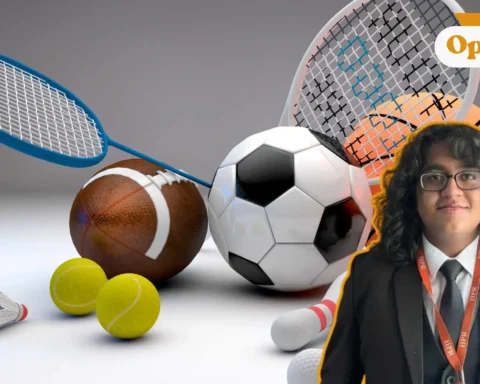The world of sport has always been truly global. Athletes compete with each other regardless of cultural backgrounds, and various types of sporting competitions often bring the world closer together. This has led to people of multiple cultures participating in athletics competitions, hence creating opportunities to compete, share, and learn from each other. The rising tide of cultural diversity in sports brings along challenges that demand deliberate efforts toward inclusion. This blog looks at the impact of diversity in sports and how it shapes global athletics.
Table of Contents
The Importance of Cultural Diversity in Sports
Cultural diversity in sports is playing an increasingly significant role in shaping global athletics, influencing team dynamics, athlete performance, and sports organizations. A sense of inclusion in sports not only fosters a sense of community but also breaks down cultural barriers and ensures equal opportunities for individuals from all cultural backgrounds. To ensure that this trend is supported across all levels, sports businesses and organizations have begun to adopt inclusive policies that accommodate people from refugee backgrounds, female athletes, and individuals with physical disabilities. These changes, coupled with outreach programs and educational programs, create a positive impact in the field.
Cultural diversity in sports brings together athletes from different backgrounds, and this leads to the promotion of a broader range of skills, techniques, and perspectives. Multicultural teams have even been found to perform better due to their varied experiences. Culturally diverse practices fully promote the potential benefits of bringing together people regardless of cultural differences by ensuring physical activity participation is accessible to all individuals, regardless of their cultural backgrounds or sexual orientation.
Cultural diversity in sports can also enhance team performance by creating a vigorous environment that allows athletes to share knowledge and respect individual differences. Sports organizations and other sporting structures, such as national soccer teams with multicultural backgrounds, often display better performances on the pitch. Cultural diversity, as well as shared team tenure, has been found to increase cooperation among players. The relationship between team performance and cultural diversity has been examined in various athletic teams and research papers, and evidence has shown that multicultural backgrounds contribute to better team outcomes and higher interdependence among team members.
Thus, it becomes clear that we must address barriers to participation and improve access to facilities so sports organizations can create a more inclusive environment for all athletes.

Challenges and Barriers to Inclusion
Despite its clear benefits, implementing cultural diversity can pose challenges in sports industries. It becomes key to understand cultural differences and address barriers to participation that are often critical to ensure inclusivity in sports organizations. Historically, female athletes, African American athletes, and people from refugee backgrounds have often faced discrimination when it comes to fully participating in physical activity settings. However, these challenges persist today in implementing cultural diversity in sports.
One of the most frustrating aspects is that limited access to facilities remains a significant barrier in many industries, preventing many individuals from engaging in activities such as sporting competitions or physical community engagement initiatives. To address these deep-seated issues, sports businesses must prioritize investment in infrastructure to ensure accessible seating and accessible facilities for all individuals, regardless of physical or cultural differences.
In the 21st century, it is wrong to see the lack of accessible facilities available to athletes. Yet another issue that must be dealt with is gender inequality in leadership roles. Teams and organizations should aim to engage with a broad spectrum of people and appoint leaders who are fit to supervise groups, regardless of their backgrounds. Additionally, language barriers and contextual factors within multicultural teams can impact team cohesion and the level of cooperation required among athletes.
To truly make cultural diversity in sports a global phenomenon, we must collectively address these cultural issues to prevent cultural differences from coming into the way of elite athletes.
Strategies for Promoting Inclusion in Sports Organizations
The first step in achieving cultural diversity in sports is through sports organizations. These institutions have the power to implement inclusive policies and outreach programs that work to ensure greater representation and diversity in sports. Other strategies that should be developed may include human resource management policies that focus on reducing the negative effects of cultural barriers and fostering cooperation among players. These changes will ultimately create environments that are not only more diverse but also allow for better team outcomes and performance.
Another way the sports industry is changing is through the implementation of educational programs that emphasize the psychological benefits of diversity in sports. These programs can help create an inclusive environment where athletes from various backgrounds feel valued and supported, which also leads to a positive impact on athletic teams. Community engagement efforts focusing on outreach programs are another good way to increase cultural diversity in sports. These programs make any sport a better place by targeting multicultural communities and ensuring that individuals from all backgrounds can access physical activity participation opportunities.
Role models can also be very important in inspiring the young generation. Sports organizations can use elite athletes who have succeeded despite cultural barriers to have a larger impact on the community, and their stories often help inspire change in many outdated systems.
Investment in infrastructure is yet another key proponent of increasing cultural diversity in sports. Making facilities accessible would be a great step towards enhancing diversity in every sport. By focusing on the broader range of talent available, sports businesses can enhance field team success and increase cooperation among players.

Conclusion
In conclusion, cultural diversity in sports promotes innovation, raises team dynamism, and provides greater inclusion in the realm of international sports. Barriers such as cultural sensitivities, access to facilities, gender inequalities, and backward policies must be reformed to truly reach culturally diverse outcomes in the field. Community outreach programs can also work wonders in enhancing the spotlight to rectify any improper practices. The benefits of diversity can be seen in how it positively impacts physical activity participation, leadership roles, and the possibility of a greater range of opportunities available to athletes.
ALSO READ:









